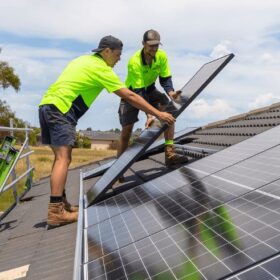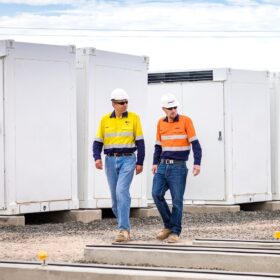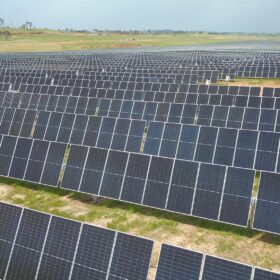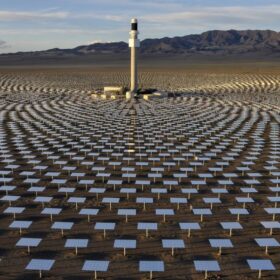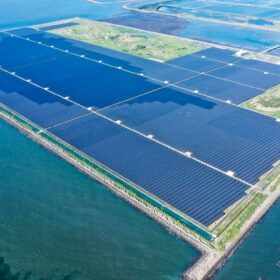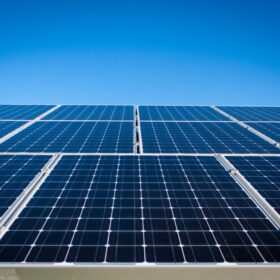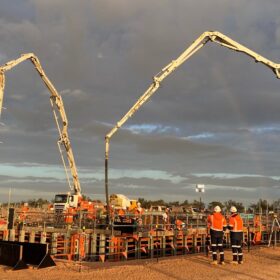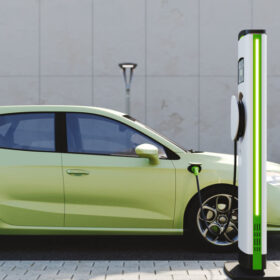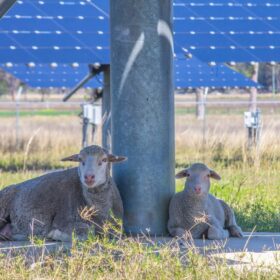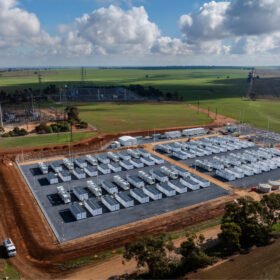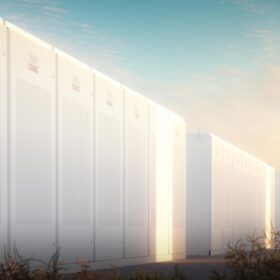Victoria mandates new standards for solar and battery retailers
Solar and battery retailers in Victoria will have to abide by a new consumer protection standards after the state government announced it will mandate a new stronger code that builds on the previous guidelines and expands them to include new energy technology including electric vehicle chargers.
CS Energy readies for testing of 200 MWh Chinchilla big battery
Construction of a 100 MW/200 MWh battery energy storage system being built near Chinchilla in Queensland’s Western Downs region is now being finalised with CS Energy confirming that the last of the 80 Tesla Megapack units for the project have been delivered and installed.
Taronga hit renewables target with new energy deal
A long-term power purchasing agreement utilising the 174 MW Wellington Solar Farm will deliver enough clean energy to allow the assets and facilities of two of Australia’s largest zoos to be powered by 100% renewable electricity seven years ahead of schedule.
Superpower Institute points to ‘once-in-a-century’ opportunity
The chair of a new think tank that is pushing for Australia to accelerate the rollout of renewables and become a global clean energy superpower believes the world’s shift towards green energy is a bigger opportunity for the nation than the resources boom.
Batteries won’t cut it – we need solar thermal technology to get us through the night
Australia’s transition to renewables is gathering speed, but there’s a looming problem with storage. We will need much more long-duration storage to get us through the night, once coal and fossil gas exit the system.
Vena Energy turns on Taiwan’s largest solar project
Vena Energy has announced the commissioning of Taiwan’s largest PV project to date with the developer confirming the 272 MW E2 Solar Project, which it says will be capable of contributing up to 4% of the island nation’s total solar energy output annually, is now fully operational.
Inertia measurement tech tipped to increase renewables on grid
The Australian Energy Market Operator will undertake a trial of real-time inertia measurement technology in Victoria as it looks to ensure reliability and stability across the electricity network as more renewable generators come online and coal-fired power continues to exit the nation’s energy mix.
Record solar helps send wholesale power prices down
Record solar production – from both large-scale and rooftop PV – helped drive average wholesale energy prices in the National Electricity Market down during the first quarter of this year according to the latest update from the Australian Energy Regulator.
Transgrid achieves concrete milestone for interstate transmission project
Construction of Australia’s largest energy transmission project is powering ahead with the foundations for one of the biggest substations in the Southern Hemisphere being poured in New South Wales while in South Australia the largest transformers in the state’s high voltage network are now being installed.
Feds roll out funding programs aimed at accelerating EV uptake
The federal government has followed the release of its first electric vehicle strategy with a flurry of funding commitments designed to drive an increase in the number of zero-emission cars on Australian roads and in turn decarbonise the nation’s transport system.

